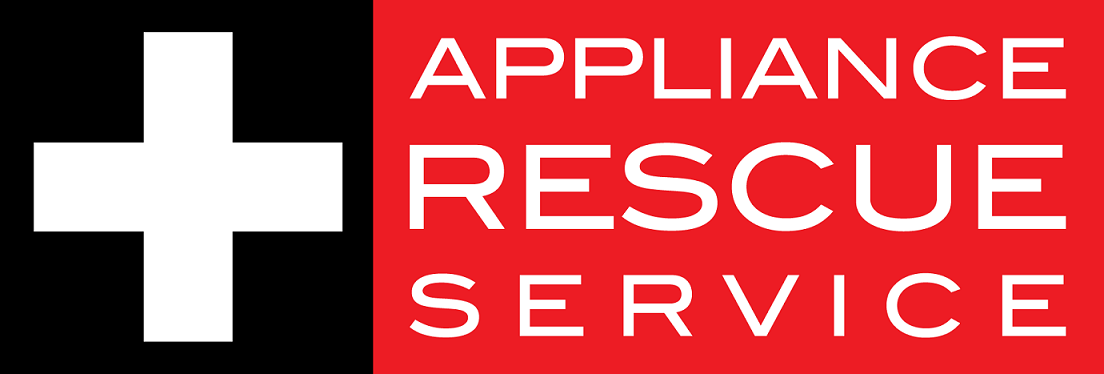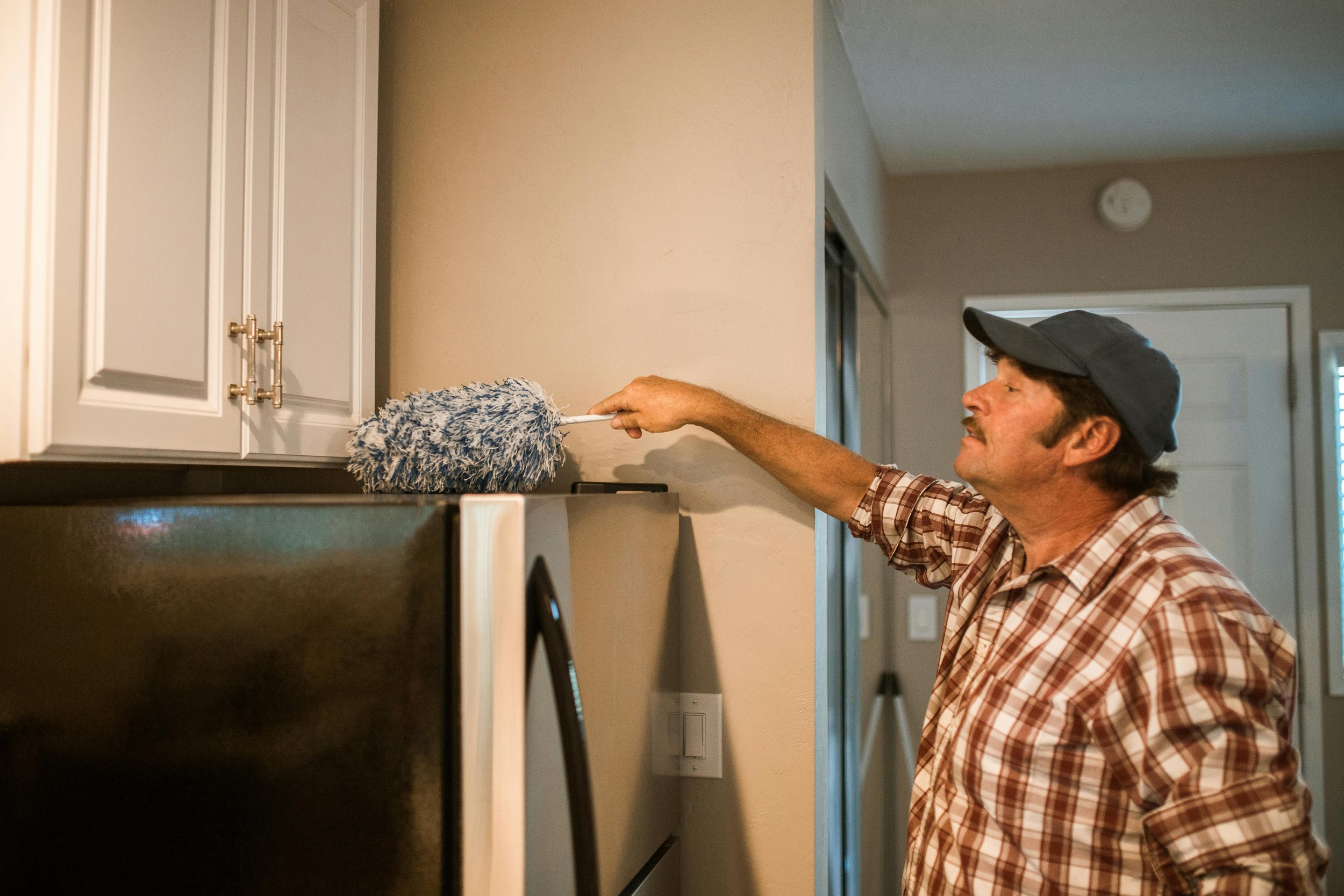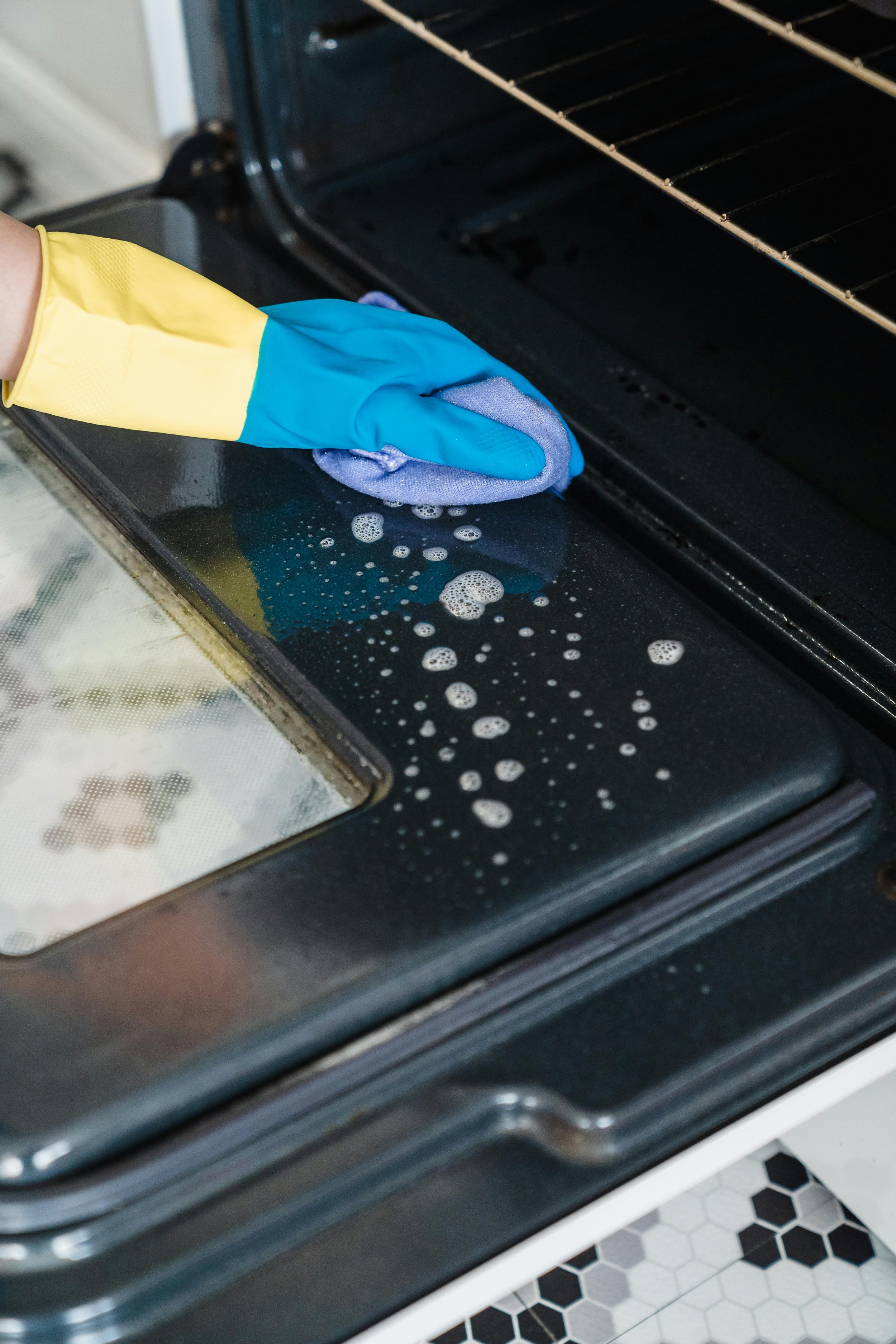Protect your investment and avoid surprise repair bills. Here’s why routine maintenance is the smartest way to keep your appliances happy and healthy.
Your appliances are the heart of your home, working tirelessly day in and day out. From keeping your food fresh to making sure your clothes come out clean and dry, these machines are essential to your everyday routine. But just like any long-term relationship, they need care and attention to stay in top shape. Regular maintenance is the key to ensuring your appliances stay happy, healthy, and running smoothly for years to come.
The Benefits of Routine Maintenance
Neglecting maintenance can lead to breakdowns, costly repairs, and even the premature replacement of expensive appliances. Here are five reasons why giving your appliances a little TLC is the smartest investment you can make:
Extend Their Lifespan – Regular check ups can help keep small issues from turning into major failures. This allows your appliances to continue running efficiently for years.
Save Money on Repairs – catching problems while they're small means you avoid hefty repair bills, or having to do a full replacement.
Improve Energy Efficiency – appliances that are well cared for use less energy which keeps your utility bills low.
Ensure Safety – Appliances that are faulty pose serious risks. Dangers can range from electrical fires to gas leaks to flooding. Regular inspections help keep your home safe.
Prevent Surprise Breakdowns – None of us want to deal with a broken refrigerator in the middle of summer or a washer that won't drain in winter. Scheduled maintenance keep things running smoothly year-round.
What Regular Maintenance Looks Like
Many homeowners, prior to having something break for the first time, think that maintenance and repair are the same thing. In fact there's a key difference between the two. Maintenance is about preventing problems. Like regular talking to a partner to avoid a fight, you check in and clean to keep your appliances running smoothly. Repairs are after something has broken. Or to continue our previous analogy after you've already had a major fight. By staying on top of maintenance, you can avoid expensive repairs and keep your relationship running strong for years to come.
Every appliance in your home has specific maintenance needs. A professional service check can ensure that everything stays in top condition. Here are a few things that a maintenance visit might include:
Refrigerator Love
Give your refrigerator some love by doing these three tasks.
Clean the condenser coils to ensure efficient cooling. Getting clogged with dust is all too easy given most refrigerators are pressed close to a wall.
Check and replace water and air filters as needed. (We suggest every 4-6 months for the water filter and at least once a year for the air filters.)
Inspect door seals to prevent cold air leaks. This one should be on your quarterly list, this way your food stays fresh for longer.
Dishwasher Care
Given many of us use our dishwasher on a daily basis, they need regular love. These three tasks can be done once a month to keep it in top shape.
Clean filters and spray arms for optimal performance. Using a diluted solution of vinegar with a soft toothbrush, helps to keep it clean.
Check seals and drainage to prevent leaks.
Run a deep-cleaning cycle to eliminate buildup.
Laundry Room TLC
Your washer and dryer both need tlc on a regular basis, to keep them functioning and to keep your home safe.
Inspect washing machine hoses for leaks or damage.
Clean dryer vents to prevent fire hazards.
Ensure proper drainage and spin cycle efficiency.
Oven & Stove Check-Up
These three tasks are easy to do and give your range some much-needed love.
Test temperature accuracy for even cooking. A digital thermometer is the best way to handle this one, but a technician can help if you don’t have one.
Inspect your gas lines and igniters for safety.
Ensure that the fans and door seals are working properly.
Make Maintenance a Habit
The best way to avoid major appliance troubles is to schedule routine maintenance. While every six months is great, a simple annual check-up can make all the difference in keeping your appliances running smoothly. Whether it’s your refrigerator, oven, dishwasher, or dryer, showing your appliances a little love today means fewer headaches tomorrow.
At Appliance Rescue Service, our skilled technicians are ready to help you protect your investment. Give us a call to schedule your maintenance check and keep your home running effortlessly. We’ll work with you to find a date and time that fit your schedule best. After all, a happy appliance means a happy home.
Call (214) 599-0055
Additional Reading
Don't Let Your Dryer Become a Fire Hazard
Stay Cozy This Winter: Key Chores for Your Home
Fact Check: Common Appliance Maintenance Beliefs Debunked








